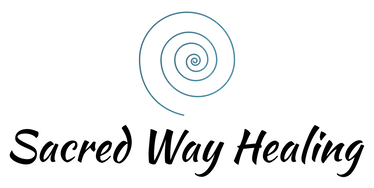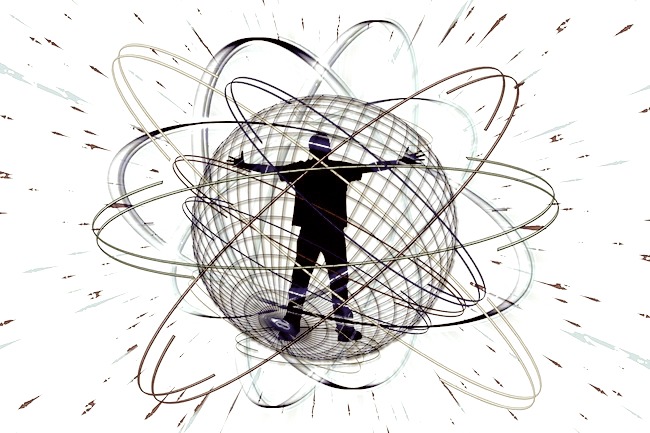Most of the time the work is the same. In some cases it’s more therapeutic to work hands on. For example, some cases require daily treatments, such as chemo patients who are severely debilitated. In that instance, table work is more ideal. If I have their body in front of me and a particular organ requires attention, say the kidneys or the bone marrow, I can address it by channeling life force energy to that specific organ or tissue.
On the other hand, there are cases where I intuit the presence of an energy I don’t want to wrestle with on the table. In that case, I will request that we do distance work first which can be a great assessment tool. It can also serve as a pre-treatment for table sessions. For example, when a person has been partially cleared prior to a hands on session, they may be more relaxed. Then the work will proceed more effectively.
In terms of how I work, with distant sessions I have more flexibility in terms of when I do the work. For instance, sometimes it’s best to work while the person is sleeping if, for example, they’re nervous or their mind is overactive with expectations or anxiety. Mind you, depending on the difference in time zones, that option is not always possible.
Sometimes it’s more productive to avoid scheduling a specific hour. I often prefer to work within an expanded window of time, say a week to 10 days. That way, I can give the energy some space, allow it to settle a bit first, then see what surfaces.
Table work may feel more relaxing because of its effect on the body. It’s important to remember, however, that the goal is not just a sensory experience but healing and transformation.





